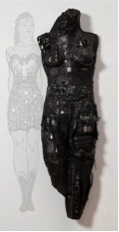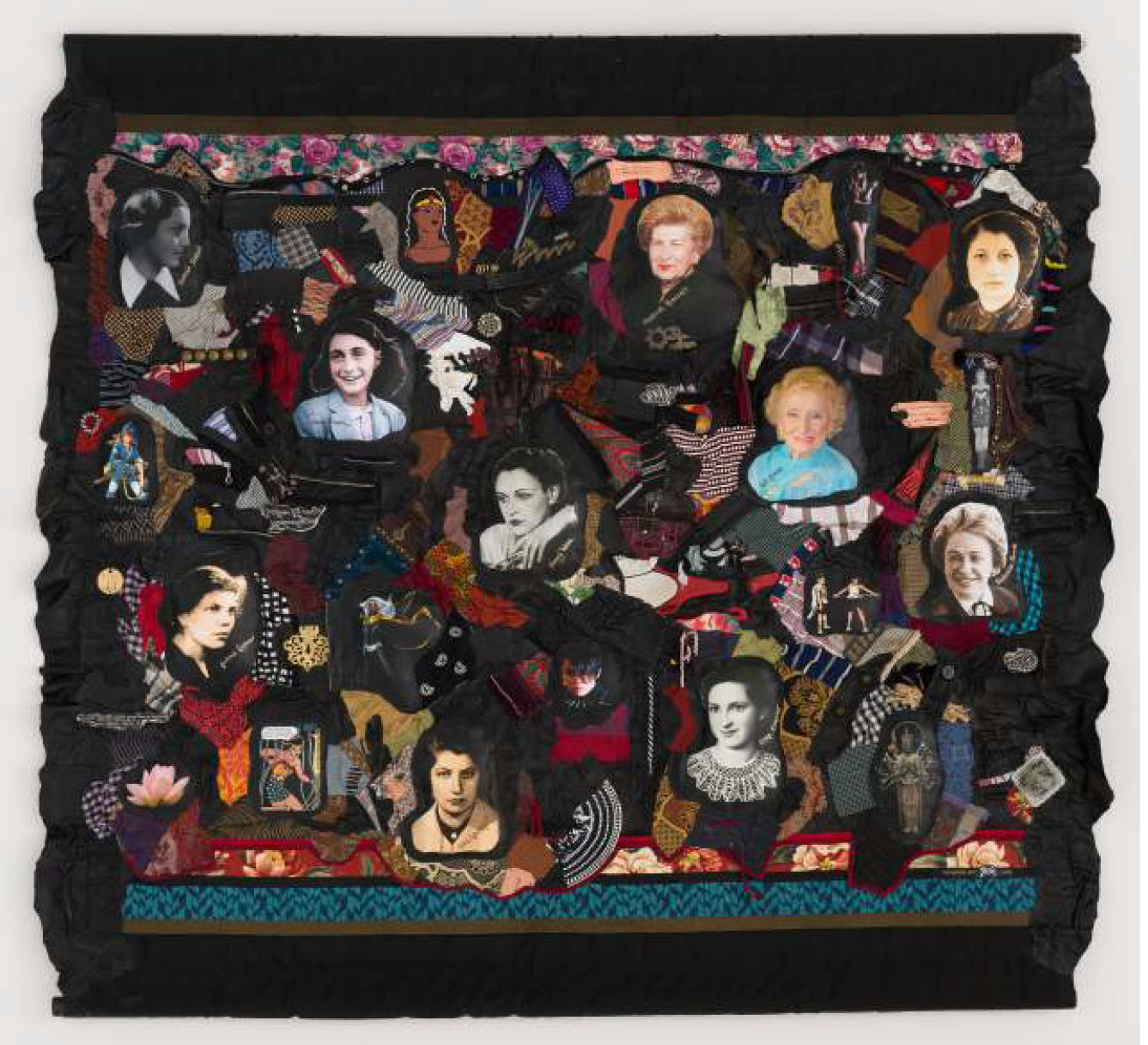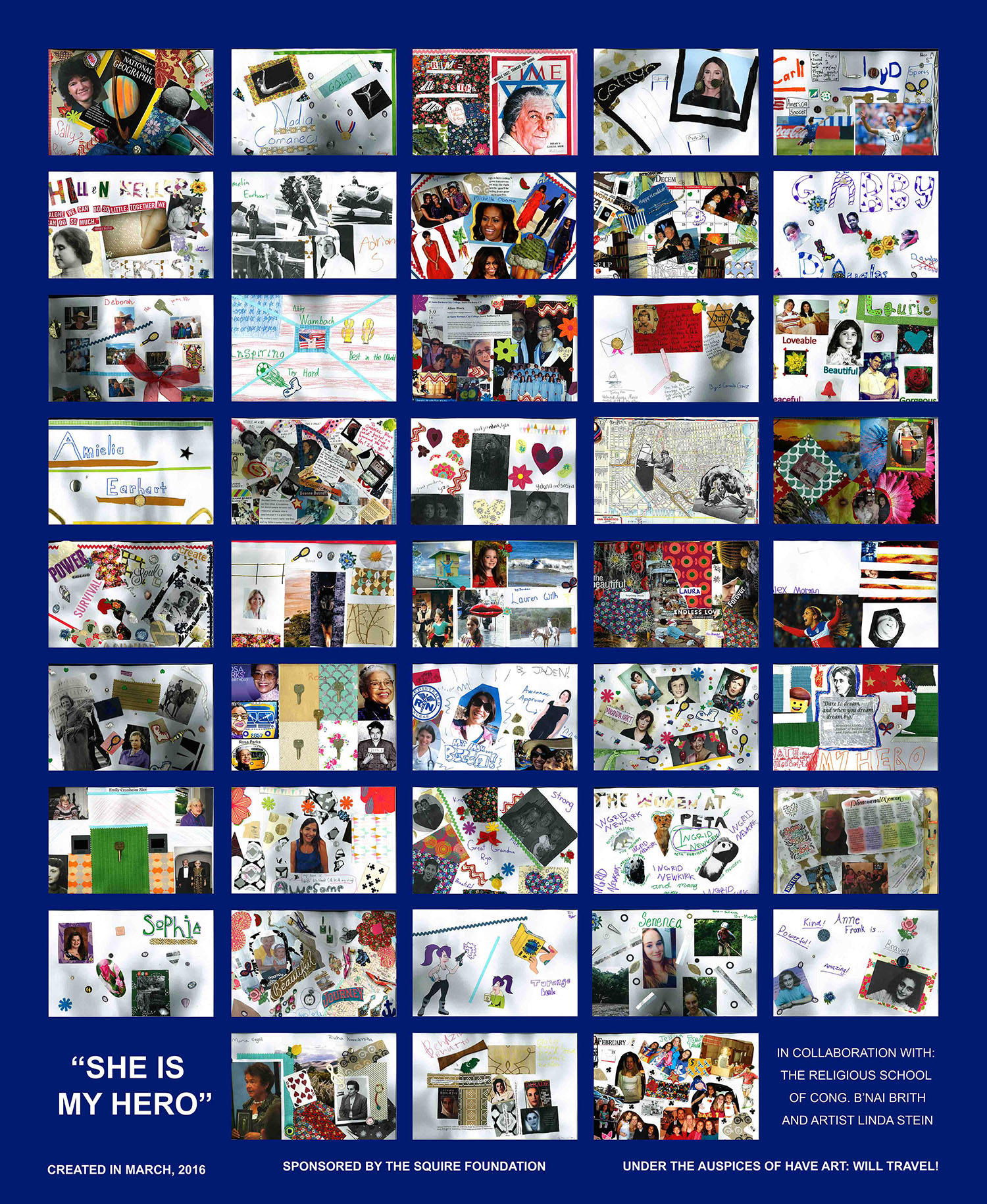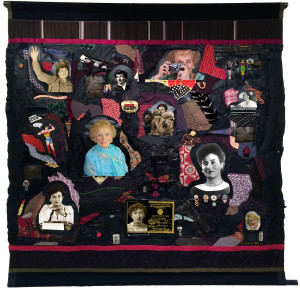
Running Away/Against Biopolitical Tattooing
The terrorist attacks of September 11, 2001, on New York City left an indelible mark on the art of Linda Stein. Desperate to get away from the raging flames, black smoke, suffocating dust, and cancerous debris, New Yorkers frantically ran for cover during the collapse of the World Trade Center Towers. Over 3000 people lost their lives that day. Stein recalls her experience of running during 9/11. It was during this time that the notion of and the “need for protection” came to the foreground and began to imbue her most recent body of work (Peck, 2016).
ACTIVITY OVERVIEW: Visit the 9/11 Memorial. 2. Create a visual essay. A visual essay can be composed of one or more images. 3. Share image with colleagues and use your visual essay(s) in subsequent Stein Institute workshops throughout the week.
PROCESS: Artistic responses to 9/11 are diverse. The images range from introspective reflections to abstract images to horrific visual representations of the 9/11 events. For this encounter, we will be visit the 9/11 Memorial. Using your camera, smart phone, or sketch pad, capture images, sounds, and sensations of the museum outdoor space, the people, the memorial, the gift shop, and/or the surrounding city space. Will your work be an introspective reflection (image and text or text only), a critique, an abstract photo or image, a “realistic” rendering, or collage?
What are some of the topics or visual representations associated with the 9/11 events that interest you and why? The questions below are meant to guide your reflection. Feel free to create your own critical question(s), reflections, and images based on your impressions of our field trip to the 9/11 Memorial and conversations surrounding Stein’s Holocaust Heroes: Fierce Females.
CENSORSHIP: Where in the 9/11 Museum (if at all) are the images and narratives of the people running of or jumping off the towers (see Richard Drew)? Why did the Pentagon censor images of US soldiers’ coffins returning from Afghanistan and Iraq Wars, following 9/11?
ETHICS: What are the ethics involved in maintaining a museum shop that sells memorabilia (or trinkets) of the most devastating terrorist act in the history of the U.S.? Whether positive or negative, reflect on the issue, make your case, and support with images and discussion. WHY do we need a 9/11 memorial? Who benefits? Why is a 9/11importnat to families that lost loved ones, New Yorkers, and the world?
SELFIE: Take a Selfie at the 9/11 Museum outdoor space, the museum/memorial, the gift shop, and/or the surrounding city space. What do you want to communicate with this image?
CURRICULUM & PEDAGOGY: The purpose of the curricular encounters with the art exhibition Holocaust Heroes: Fierce Females—Tapestries and Sculpture by Linda Stein (H2F2) is to (re)imagine what global citizenship can be, and to highlight the role of art and education toward social justice. Take photos or images that (re)imagine global citizenship as social justice.
RESOURCES:
- Agamben, G. (2008, June). No to biopolitical tattooing (Trans. S. J. Murray).
- Communication and Critical/Cultural Studies, 5(2), 201-202; Danto, A. (2005). 9/11 Art as a gloss on
- Wittgenstein. ArtNet. Peck, S. (2016). Affect: Interview with Linda Stein [Unpublished]. New York, NY.



